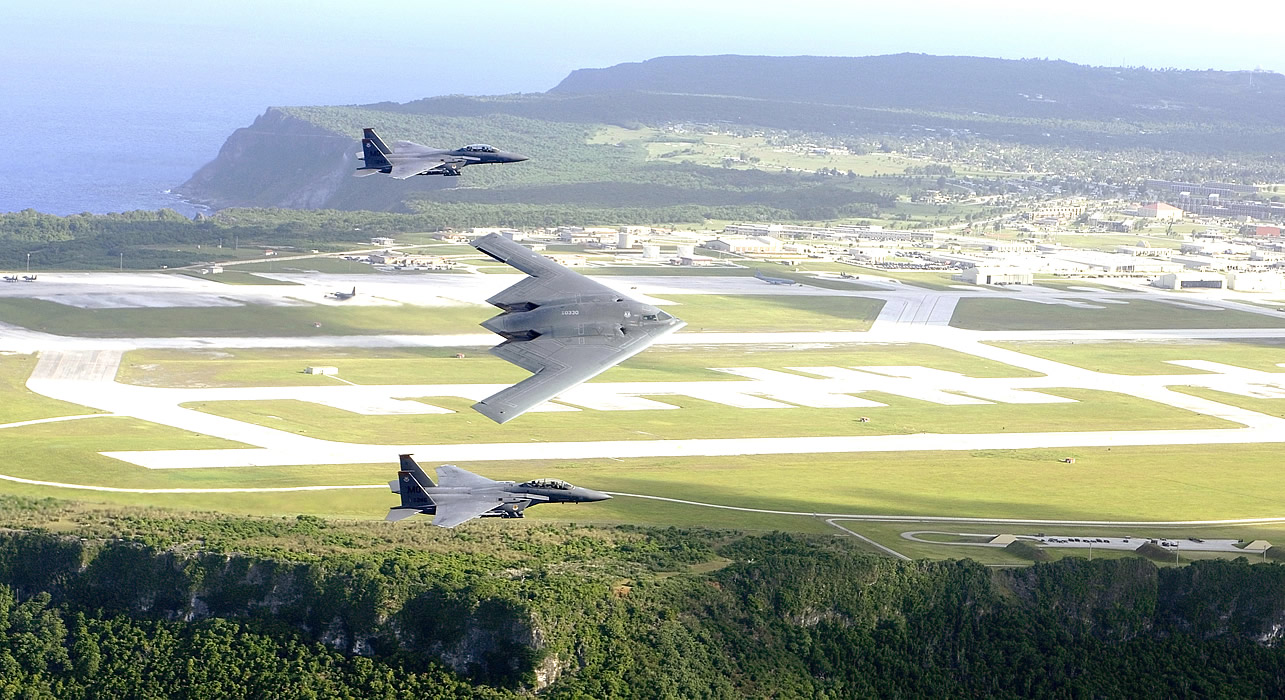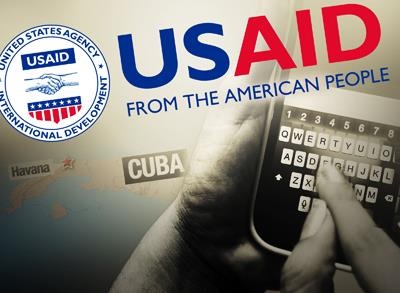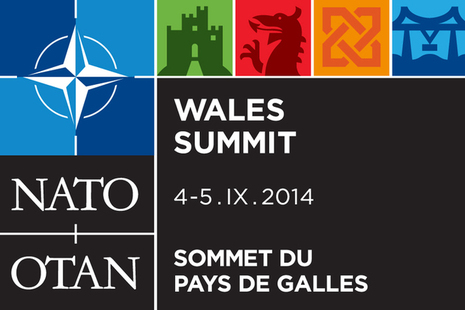Al Qaeda in the Twitterverse
The rise of social media has had a profound impact on the operational capacity of grassroots organizations. Those that are able to harness social media can dramatically increase their profile and quickly publicize their ideas and activities. When used effectively, social media can be an extremely valuable tool in advancing a group’s goals. This is equally true for groups with benevolent objectives and those with more sinister pursuits.
Al Qaeda has maintained an online presence for some years. Senior leader Anwar al-Awlaki was particularly proficient in his use of social media. He maintained an active blog, posted sermons to YouTube, created Facebook and MySpace pages, and made use of online blogs to promote Al Qaeda ideals. He once expressed that “the Internet has become a great medium for spreading the call of jihad and following the news of the mujahideen.” His death in 2011 appears to have done little to dampen Al Qaeda’s use of social media.
Although Al Qaeda groups use a variety of social media tools, Twitter has a competitive advantage given its ability to connect like-minded users. Many Al Qaeda factions have eagerly embraced Twitter as a tool to export their Islamist ideology and recruit followers. Affiliates known to have an official Twitter account include Al Qaeda in the Islamic Maghreb (AQIM), Jabhat Al Nusra in Syria, Al Shabaab in Somalia, and the media outlet The Jihad Media Elite. There are also dozens of Twitter accounts with explicit links to jihadist movements.
The fact that Al Qaeda and associated groups make relatively public use of Twitter is a double-edged sword for the Al Qaeda leadership. The group’s use of Twitter both helps them and hurts them.
How It Helps Them
Facilitated Recruitment
A primary advantage of Twitter is its ability to recruit followers. As terrorism researcher J.M. Berger explains, Twitter is “incredibly adept at identifying content and recommending similar users,” unlike Facebook and Google which require the input of precise search terms.
Finding Twitter accounts is easier and less time consuming than sifting through the dark corners of the Internet to find online blogs, videos, and forums related to Al Qaeda. Once a user has followed an official Al Qaeda group, Twitter does most of the work from there by introducing the user to others who subscribe to similar content. Users can gradually build an online network of Al Qaeda sympathizers simply by following Twitter’s suggested users. An aspiring jihadist can soon establish an online network of colleagues that can range from casual observers to active terrorists.
Organizational Tool
Twitter has features that make it a good organizational tool. For example, using hashtags is a simple way to denote keywords and allow users to streamline tweets that relate to a particular topic. It’s a user-friendly way to facilitate an online brainstorming session.
[captionpix align=”left” theme=”elegant” width=”400″ imgsrc=”http://natoassociation.ca/wp-content/uploads/2013/08/Screen-Shot-2013-08-30-at-10.46.48-AM.png” captiontext=””]
J.M. Berger recently discovered that Al Qaeda was using a hashtag on Twitter to discuss propaganda strategies. The hashtag loosely translated to “suggestions for the development of jihadi media.” Approximately 250 tweets had been sent in response before Berger and his Twitter followers sabotaged the hashtag.
Al Qaeda is also using Twitter to solicit support for anti-Assad forces in Syria. They are encouraging that donations to the rebels be made through Al Qaeda channels. Twitter has been used to campaign for Islamist clerics to be released from Saudi prisons. Tweets on the subject include biographies of these individuals and reports that claim that they have been tortured.
A Weapon in the Battle of Hearts and Minds
The conflict between Al Qaeda and its declared enemy “the West” is often described as a battle of ideas. Al Qaeda leader Ayman al-Zawahiri acknowledged, “the struggle will ultimately come down to winning hearts and minds.” As such, strategic messaging is a central component of the struggle between Al Qaeda and its opponents. Twitter has proved to be an important weapon because of its ability to disseminate information to a global audience quickly and inexpensively. AQIM’s media arm, al-Andalus Media Foundation, has said that social media “is our only means to communicate with the international public opinion.”
Al Qaeda’s strategic communications strategy appears to be working in large part because of their online presence. Recent incidents like the Boston Marathon bombing and the foiled Via Rail train plot have emphasized the emerging security threat of homegrown violent extremism.
The alleged perpetrators of both of these incidents were inspired by Al Qaeda ideology. The American and Canadian governments have become increasingly concerned by the prospect of citizens who self-radicalize by consuming Al Qaeda material that is published online.
Twitter facilitates this radicalization regardless of the fact that potential terrorists may have no real interaction with Al Qaeda members.
How It Hurts Them
Loss of Top-Down Communications Control
Although Twitter has enabled Al Qaeda messaging on a broad scale, it has also resulted in a loss of the Al Qaeda leadership’s top-down control of the organization’s strategic communications. Information regarding ideology and operations used to flow from senior officials to followers through videos and online forums. These officials had control over these mediums and the ability to strictly manage their content. Opinions that ran counter to the official message of the Al Qaeda leadership were hastily deleted. This is not possible on Twitter, however, where users are free to tweet and re-tweet whatever they wish. Their followers are also able to do the same thing, which can cause a message that may not be approved by top Al Qaeda officials to spread quickly and broadly.
Al Qaeda is characterized by loose networks and unaffiliated sympathizers, and social media has further increased the fluidity of the group. As Tony Busch argued recently, Twitter has had a “democratizing effect” on Al Qaeda communications as it has increased the number of participants in their public relations.
[captionpix align=”left” theme=”elegant” width=”300″ imgsrc=”http://natoassociation.ca/wp-content/uploads/2013/08/Screen-Shot-2013-08-30-at-10.36.17-AM.png” captiontext=”Al Qaeda in the Islamic Maghreb communications arm al-Andalus Media Foundation’s Twitter account”]
Increased Internal Dissent
In a similar vein, Al Qaeda’s use of social media has facilitated increased internal dissent. Many groups and individuals claim to be linked to Al Qaeda but known Al Qaeda leaders rarely confirm the validity of these ties. Social media exacerbates the opacity of these ties, which could in turn foster greater fractionalization within the organization. There are already signs of this happening. Disputes between prominent Al Qaeda affiliates have played out publicly on social media. American jihadist in Somalia Omar Hammami betrayed Al-Shabaab by tweeting about their corruption and “bad behaviour.” He had previously attempted to bring attention to the issue by releasing YouTube videos but he reached very few people. Through Twitter he was able to reach a larger audience in the United States.
As Al Qaeda’s Twitter followers grow, they will represent a group with varying levels of extremism. J.M. Berger explains that a rise in a more diverse group of Al Qaeda sympathizers has the potential to shift policies toward the centre. This scenario is unlikely but its possibility is a real danger to Al Qaeda as an organization.
Insight for Journalists, Scholars
Al Qaeda’s use of Twitter can also hurt them because it makes them more public, and not all of their followers are subscribers to Islamist ideology. Journalists and scholars are granted greater insight into Al Qaeda by following their accounts. AQIM’s official Twitter account drew more than 5,000 followers, including journalists and scholars, within two weeks of its creation and its media arm participated in an unprecedented question and answer session through social media.
Twitter also provides an opportunity for Al Qaeda opponents to take part in countering violent extremism (CVE). Experts contend, “Once you understand the dynamics of online influence, it’s possible to find ways to game the system and put counter-radicalization voices into the mix.” On a small scale Berger and his followers engaged in CVE when they trolled the Al Qaeda hashtag and disrupted the group’s organization attempts. In future, it could be possible to pose as a jihadist and engage with Al Qaeda leaders through social media. This could allow opponents to remotely infiltrate the ranks to learn more about their future operations, sow discontent, or a number of other covert actions. Although undertaking larger-scale operations of this nature is both dangerous and difficult, it is a possibility as Al Qaeda continues to make use of social media to further its aims.
Al Qaeda is a shadowy and threatening organization that its adversaries seek to better understand. As Twitter continues to gain traction in the realm of strategic communications, it is important to remember that it has the capacity to both hurt and help Al Qaeda leaders. In short, it is a double-edged social media sword.




